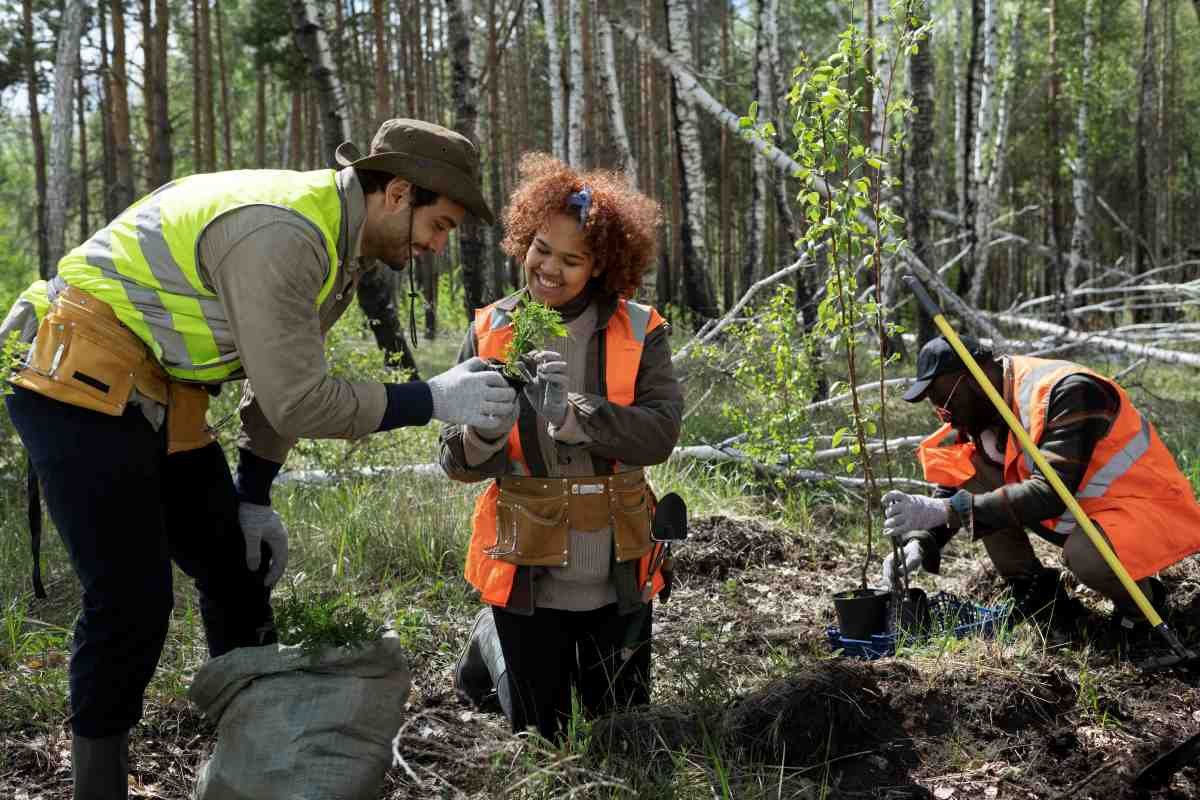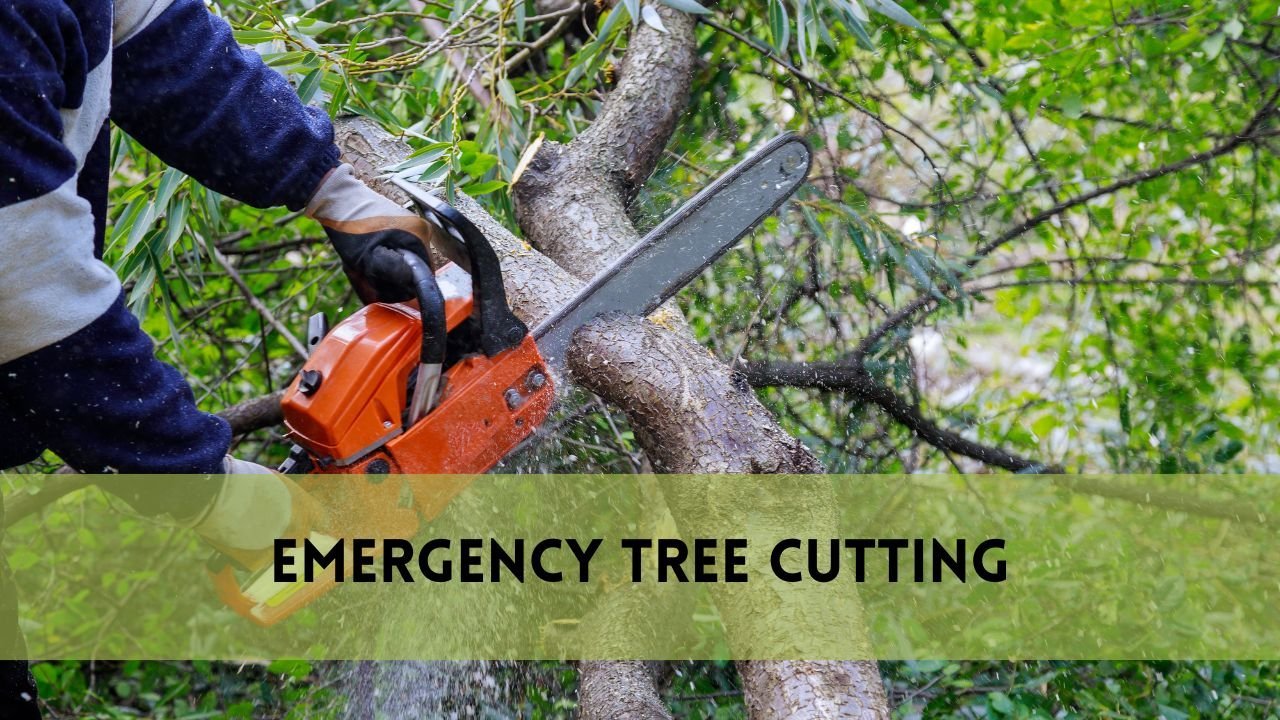A money tree (Pachira aquatica) is a popular and unique houseplant known for bringing good luck and prosperity. To keep this beautiful plant thriving, regular trimming is essential. Trimming promotes its health, ensures proper growth, and maintains its attractive shape. In this comprehensive guide, we will walk you through the process of trimming your money tree to perfection.
Steps to Trim a Money Tree
I. The Right Tools for the Job
Before you start pruning your money tree, having the right tools is crucial. Ensure you use sharp gardening shears or scissors to make precise cuts. Dull tools can lead to messy cuts, which may damage the plant. Clean the tools thoroughly before using them on your money tree, as any lingering diseases or pests on the shears could be transferred to the plant. By using sharp and clean tools, you create the best conditions for successful trimming, ensuring the health and growth of your money tree.
II. Step-by-Step Guide to Trimming a Money Tree
Removing Dead and Unhealthy Leaves To begin, carefully inspect your money tree for any dead, dry, or brown leaves. These leaves are unattractive and can negatively impact the plant’s overall health.
Once you identify such leaves, use your gardening shears to cut them off at a 45-degree angle. This angle ensures clean cuts and reduces the risk of injury to the rest of the plant. Removing these unhealthy leaves allows the money tree to focus its energy on new growth, promoting vitality.
Pruning in Springtime for Shape Maintenance
Spring is The ideal time to prune your money tree. Regular pruning in spring helps maintain its shape and encourages fresh growth. Depending on your money tree’s size and shape, you may need to prune it more or less frequently. If you need to prune more than one-third of any single stem, gently tie a small piece of string around the stem to mark the spot for cutting. This marking helps ensure you trim the right branches and maintain the desired shape.
Creating the V-Shape for Better Growth
One of the essential pruning techniques for a money tree is creating a V-shape to improve its growth pattern. Look for two branches that extend outward from the trunk, forming a V-shape. You encourage new growth at that spot by cutting just above a node (the point where a leaf attaches to the stem). Trimming elsewhere may result in an unsightly random stem protruding from the trunk. This V-shape technique not only enhances the aesthetics of the money tree but also stimulates healthy new growth.
Step-Back and Evaluate
After each cut, take a step back and observe the changes in your money tree’s shape. This step is crucial, as pruning can significantly alter the plant’s appearance. You ensure you achieve the desired results by stepping back and analyzing the plant’s shape as you trim. Take your time and make adjustments as needed to create a balanced and visually appealing money tree.
III. Gradual Trimming for Adaptable Money Trees
Money trees can be sensitive to drastic changes. To avoid overwhelming the plant, it’s essential to trim it gradually. When dealing with tall stems, trim them back by about half their length or less each year. This gradual approach allows the money tree to adapt and continue flourishing. Remember, a patient and gentle touch is the key to a happy and healthy money tree.
Frequently Asked Questions
Will my money tree grow back if I cut it?
Absolutely! Money trees (Pachira aquatica) are resilient houseplants that bounce back after pruning. When you trim your money tree, it stimulates new growth and redirects its energy to healthier areas. However, it’s crucial to ensure you make clean cuts at the right angles to effectively promote regrowth. Cutting at a 45-degree angle just above a node (where a leaf attaches to the stem) encourages new shoots to sprout from that point. Your money tree will flourish with proper care and attention, becoming even more vibrant and prosperous.
Should I clip my money tree?
Yes, clipping or pruning your money tree is essential for its health and appearance. Regular pruning helps remove dead or unhealthy leaves, allowing the plant to concentrate its energy on new growth. Additionally, clipping helps maintain the desired shape of your money tree, making it visually appealing and preventing overgrowth. Use clean and sharp gardening shears to make precise cuts and avoid damaging the plant. Clipping your money tree is a nurturing practice that will keep it thriving and bring prosperity to your home.
How do you thicken a money tree?
To thicken a money tree’s trunk and encourage more robust growth, there are a few steps you can follow:
Ensure your money tree receives sufficient sunlight, promoting sturdy growth.
Water the plant adequately, partially allowing the soil to dry out between watering sessions.
Consider repotting your money tree into a slightly larger container to give its roots more space to grow.
Pruning the plant selectively can also lead to a denser and more compact appearance.
Focus on creating a well-balanced shape by encouraging lateral growth, naturally thickening the plant over time.
When is the best time to trim a money tree?
The best time to trim a money tree is during the spring season. Spring is the period of active growth for most plants, and pruning during this time stimulates fresh growth and allows the money tree to recover quickly. However, if there are specific issues, such as diseased or damaged branches, it’s best to address them promptly, regardless of the season. Inspect your money tree for unhealthy growth or pests, and address those concerns immediately.
How much of the money tree should be pruned at once?
When pruning a money tree, it’s generally best to avoid removing more than one-third of any single stem at once. Pruning too much of the plant at once can stress it and hinder its ability to recover properly. Instead, gradually trimming allows the money tree to adapt slowly. By conservatively trimming, you allow your money tree to grow back healthy and maintain vitality.
What tools are needed to trim a money tree?
To trim a money tree effectively, you’ll need the following tools:
Sharp Gardening Shears: Clean and sharp shears allow for precise cuts, reducing the risk of damage to the plant.
Pruning Scissors: These are handy for more delicate trimming tasks, especially for small leaves and branches.
Clean Cloth or Disinfectant: Use a clean cloth or disinfectant to sterilize your tools before use, preventing the spreading of diseases or pests to the money tree.
String or Plant Ties: Use string or plant ties to mark spots for major pruning, especially if you need to trim more than one-third of a stem.
Having these tools ready and maintaining cleanliness ensures a smooth and successful trimming process, resulting in a healthy and flourishing money tree.
Conclusion
Trimming a money tree is a rewarding task that leads to a healthier, more vibrant, and prosperous houseplant. By following the steps outlined in this guide and using the right tools, you’ll be able to maintain the shape of your money tree while promoting its growth. Remember to prune during the springtime, create a V-shape to encourage new growth, and take a step back to evaluate your progress. Gradual trimming will help your money tree adapt and thrive, bringing you joy and prosperity for years. Happy trimming.





